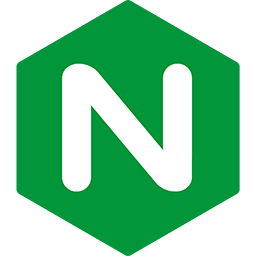Non-interactive, automatic, headless installs or upgrades
Passenger and Passenger Enterprise can be installed in a non-interactive, automatic, headless manner. This is perfect in automated scenarios, e.g. when using Chef or Puppet, or when building a Docker container.
This guide assumes that you are already familiar with installing Passenger manually. If not, please read the installation guide.
The instructions in this guide apply equally to the open source version and to the Enterprise version.
Table of contents
- Loading...
Debian packages
If you are on a Debian or Ubuntu operating system, then the recommended way to install Passenger is through APT. While installing the Passenger packages through APT, you can pass -y to apt-get install to have it run non-interactively. For example:
sudo apt-get install -y passenger
RPM packages
If you are on a Red Hat or CentOS operating system, then the recommended way to install Passenger is through YUM. While installing the Passenger packages through YUM, you can pass -y to yum install to have it run non-interactively. For example:
sudo yum install -y --enablerepo=epel passenger
Source tarball or RubyGems installation
If you are using Passenger in its Standalone mode, then you should run the following commands right after installing Passenger. These will download any necessary files immediately, which would otherwise be downloading during the first run of passenger start.
passenger-config install-standalone-runtime passenger-config build-native-support


